Fruits from South America
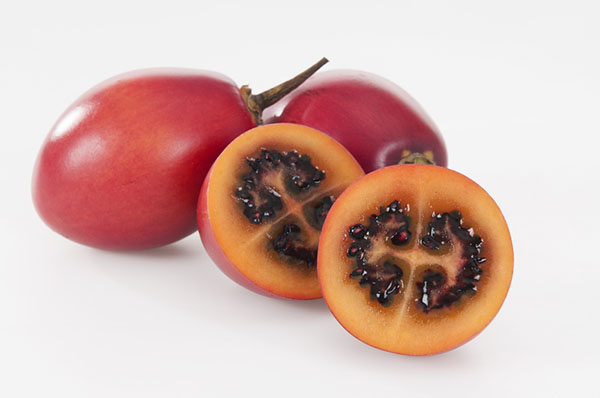
Tamarillo egg-shaped fruit with a tart, astringent, and pulpy flesh that you can scoop out with a spoon. The tamarillo is native to South America. It is commmonly blended with water and sugar and made into a juice.
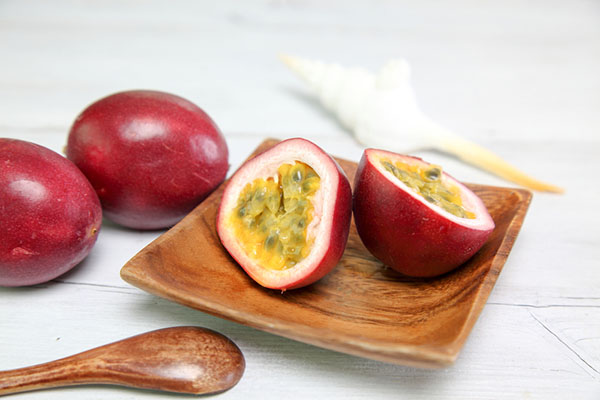
Passion Fruit is a small, golf-ball sized in red, yellow and purple colors. The exterior is hard and it contains tart, jucy seeds that you can scoop out with a spoon. Passion fruit is native to South America, but its now grown around the world.
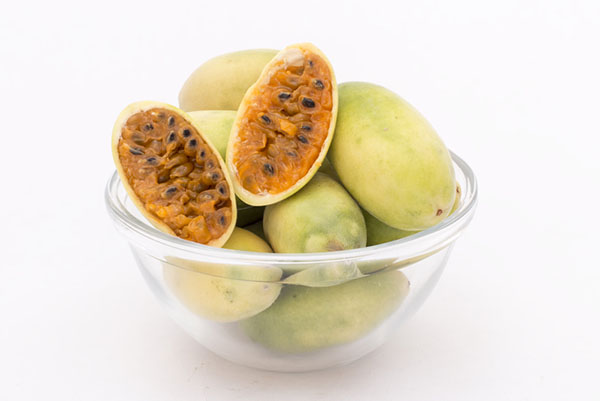
Banana passionfruit is a tropical fruit that is native to South America. The seeds of the fruit are edible but a bit bitter. Banana passionfruit is fragrant, with the aroma of oranges.he pulp is juicy and sweet, with a tart bite and hints of banana
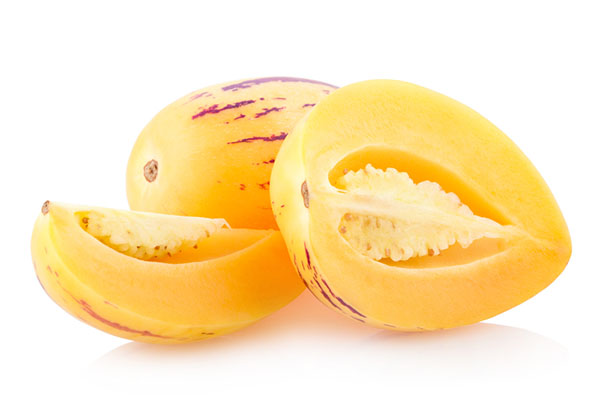
Pepino Melon's flavor is described as combination of the flavor of honeydew and of cucumber. The fruit is frequently used raw, such as part of a salad or simply eaten as-is. Many varieties of the melon have yellow instead of purple skin, but still retain the distinctive purple striping.
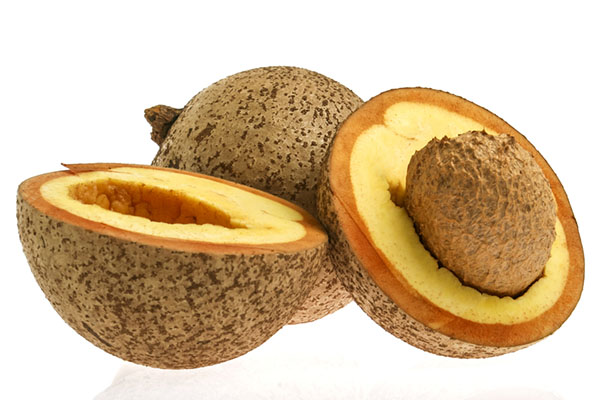
Mammee Apple is native to South America. It has a thick outer rind, with soft orange to yellow pulp on the inside. It usually had one seed in the center, but larger fruit have been known to carry up to 4. The pulp is sweet and fragrant.
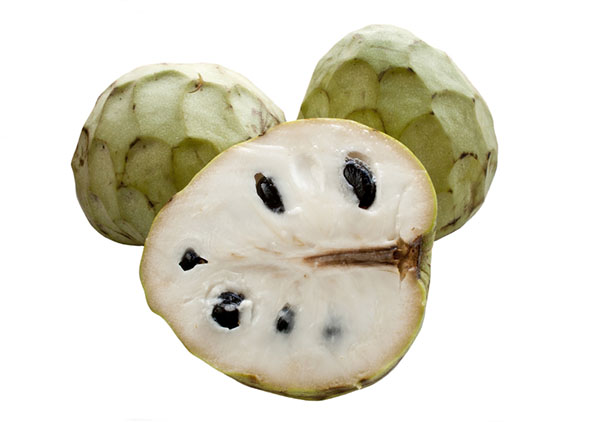
Custard Apple is a found in mountainous areas of South America.The flesh inside the skin is very fragrant, white, juicy and has a custard like consistency. It is said that the fruit tastes like a combination of banana, passion fruit, papaya and pineapple.
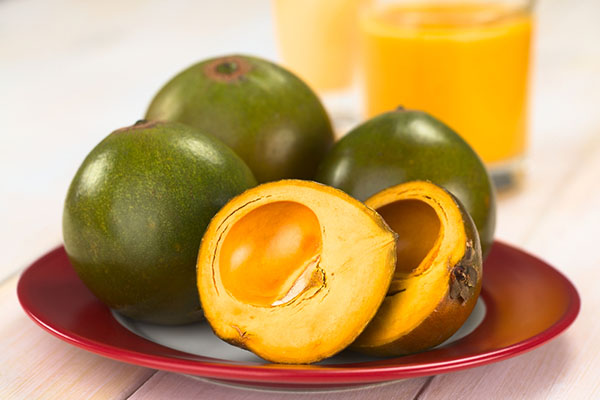
Lucoma is a Peruvian fruit. Its flavor is best described as slightly sweet and similar to maple, making it an ideal ingredient for baked desserts and ice cream. Originally, Lucoma was called gold of the Incas and was viewed as a symbol of fertility. Today, it can be found in most Peruvian markets from January to April.
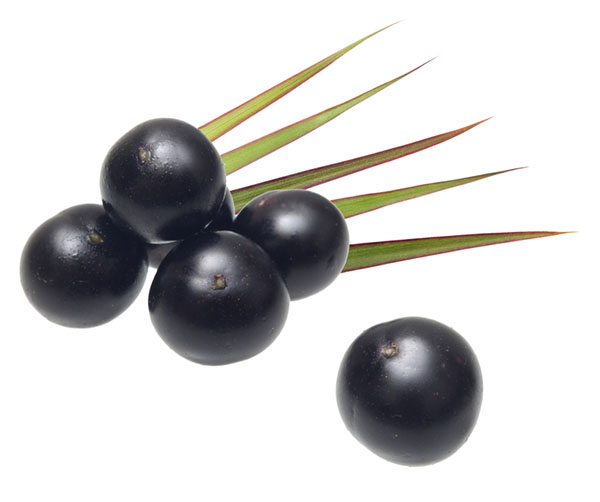
Acai has a strong, almost grape-like flavor, and can also be drunk in its slushier form from a glass, and shows up as a flavoring in other products. It is praised for its high anti-oxidant content.
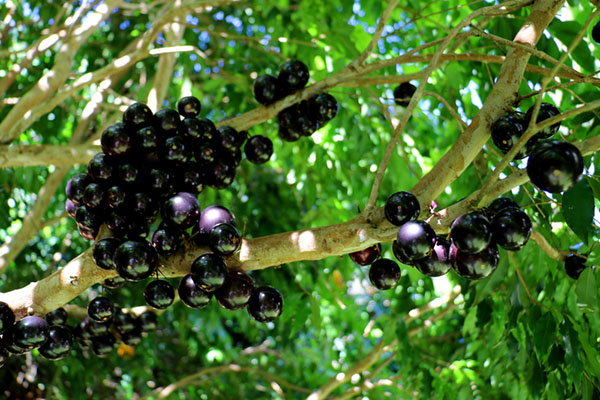
Jabuticaba is an unusual case of a fruit that grows directly on the trunk of the tree. The fruit is sweet and can be eaten as is or made into a wine or liqueur. Unfortunately, the fruit does not keep long when off the tree and will start to ferment after about 3 or 4 days.



